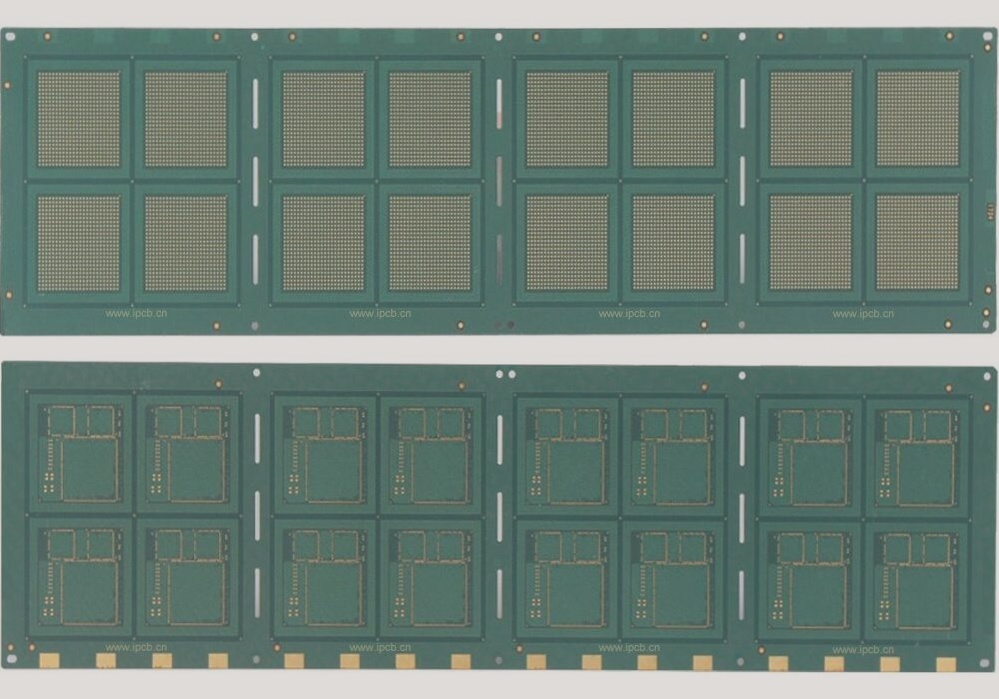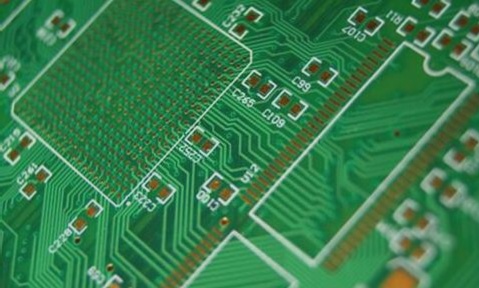Functional Circuit Test (FCT) Overview
The Functional Circuit Test (FCT) is a dynamic function tester used for circuit boards. It treats the tested unit on the circuit board as a functional unit, providing input signals and detecting signals according to design requirements. The goal is to enhance testing automation with advanced solutions, reducing fault finding time and offering a quick method for repair and fault detection.

Types of FCT Tests
- Control Mode: Manual control function testing, semi-automatic control function testing, and fully automatic control function testing.
- Controller Type: MCU control mode, CPU control mode, PC control mode, PLC control mode, etc.
Benefits of FCT Testing
Functional testing fixtures enable the production of high-quality products with fewer defects and low variability, even with less skilled workers. However, in diverse and limited production modes, using many fixtures may increase production costs.
Functional Testing of PCBA
- System Control Center: Composed of central processing units like PC, MCU, ARM, etc., it controls the testing process, records testing content, and obtains test results.
- Control Execution Part: Consists of I/O components for testing process logic actions and building testing environments.
- Parameter Measurement Section: Includes measuring boards and instruments for collecting analog or digital quantities during testing.
- Data Processing and Output Section: Responsible for processing and outputting test results and data to effectively control PCBA product quality.




